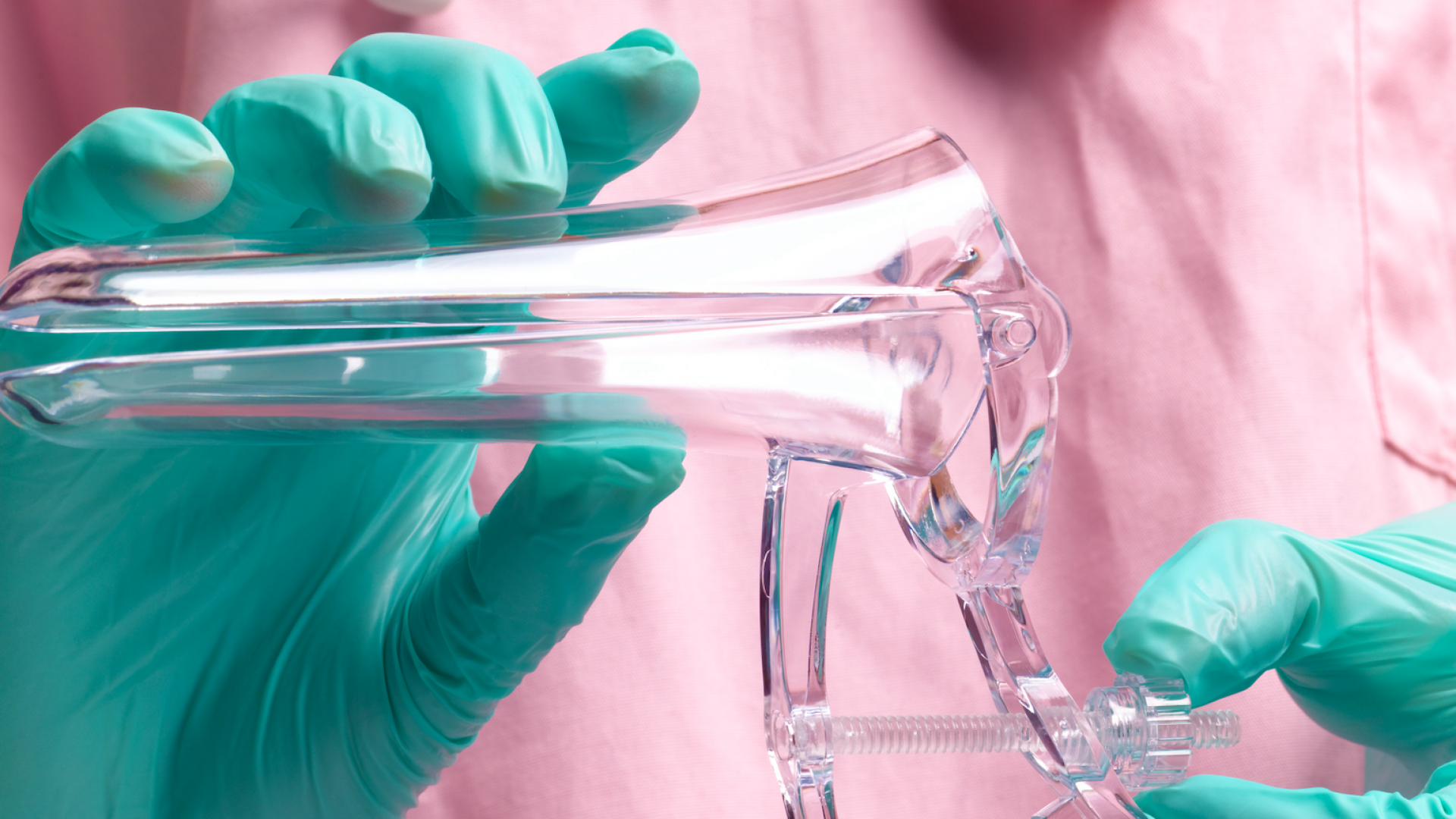
We’re just gonna say it. If you have a vagina and you’re over 21 or sexually active, you need to start getting pap tests. We won’t pretend like they are super fun, but they are vital to your health.
A pap, short for Papanicolaou, is an exam that can determine whether or not you have cervical cancer. The gynecologist inserts a speculum (a metal or plastic tool) into your vagina, which keeps your vaginal walls open, so that your cervix can be swabbed for cells. It’s not a painful process for everyone, but it can be if your body isn’t relaxed. So if you’re tense, or you feel like your doctor is being too rough, say something. You are your biggest advocate.
To be clear, the pap test is not a substitute for an STD check up.
Pap test results can also show your doctor if your cells have an irregularity often associated with Human Papillomavirus (HPV). HPV is a fairly common sexually transmitted infection. You may have had HPV and not even known, because it usually clears up on it’s own. But the infection has different strains, some of which can lead to cervical cancer. Often times, pap tests are given with HPV tests or an HPV test is conducted after you’ve received test results that indicate abnormal cells.
The results of a pap smear take at least a week to come back. But what do the results mean?
“There’s a spectrum between normal and cancer, Dr. Wendy McDonald told Girls United.
If your results come back negative, then you’re totally fine. You can get your pap tests done every other year, every three years, or every five years. If your results are not negative though, you’ll need to come get a check up sooner than that.
There are various types of abnormal results. “You have atypical cells..low grade and then you have high-grade cells. Or, atypical cells [that can’t be ruled out as high grade,]” McDonald said. This means that your cervical cells look a bit atypical, but it does not mean that you have cancer. As stated, sometimes this result can indicate the presence of HPV. If your HPV test comes back negative, it’s still a good idea to keep an eye on things by getting another pap test done in a few months, or the next year.
Another result type is atypical glandular cells, which is a different kind of cell. “The cervix has different types of cells on it, so most of the types of cells we’re looking for are called ‘squamous cells’, which are kind of like the cells on our skin,” McDonald shared. “Then there are glandular cells that produce mucus and fluid, and occasionally, you’ll get an abnormal glandular result.”
If your pap test results read Squamous intraepithelial lesion, then HPV is definitely present. Don’t freak out, though! Like we said, these cells usually clear up on their own. In some cases though, they can be precancerous; so, again, it’s best to follow up with your gynecologist for another exam the following year.
The gynecologist’s reaction to a positive HPV result is contingent upon a person’s age, McDonald revealed. “[I]f a person has atypical cells, low grade cells, [or even if the HPV test is positive], and they’re under the age of 25,…you don’t have to do much about it. [You can just] repeat the pap after an interval of time.”
When we asked her why age matters, she replied, “it really all comes down to how quickly a person can clear [HPV]. Most people who have HPV will eliminate the virus [within] a year [or two], especially if you’re younger.” When you’re young, the cell renewal rate is pretty quick and the likelihood of your cells getting worse isn’t high. Regardless, it’s important to keep up with pap tests so you know where you are.
Photo credit: Getty Images/Peter Dazeley